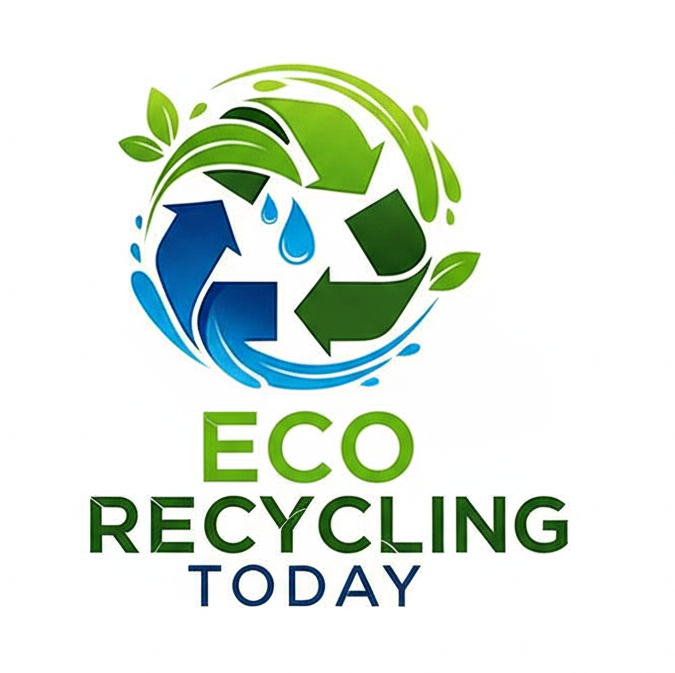Polyacetals (POM), also known as acetal or polyoxymethylene, are high-performance thermoplastics commonly used in the automotive, electronics, and industrial sectors. Known for their excellent stiffness, wear resistance, and dimensional stability, POM plastics are essential in precision parts such as gears, valves, and bearings.
However, their durability also poses a challenge for disposal and environmental sustainability. Fortunately, the POM recycling process offers a practical solution to manage waste while supporting a circular economy.
In this guide, we break down the complete Polyacetal (POM) recycling process, and how recycled POM is reused across industries.

What Is Polyacetal (POM)?
Polyacetal is a crystalline engineering thermoplastic with a high melting point, typically between 175°C and 185°C. It is used in parts requiring strength, low friction, and chemical resistance.
There are two main types:
- Homopolymer POM (Delrin®): Stronger and slightly more rigid.
- Copolymer POM: More resistant to chemicals and thermal degradation.
Regardless of the type, recycling POM is critical for reducing environmental impact and promoting sustainability in manufacturing.
Plastic POM Recycling Process
Recycling POM is a specialized process due to its unique physical and chemical properties. Here's a detailed look at each stage:
1. Collection & Sorting
The process begins with collecting post-industrial or post-consumer POM waste from sources like:
- Automotive parts
- Industrial machinery components
- Electrical connectors
Sorting is crucial to ensure that only pure POM is recycled. Contaminants, mixed plastics, and metals must be removed.
2. Cleaning & Pre-Treatment
POM parts are thoroughly washed to eliminate:
- Oils and lubricants
- Metal residues
- Dust and organic matter
After cleaning, the material is dried to remove moisture, which can interfere with thermal processing.
3. Shredding & Size Reduction
Cleaned POM materials are shredded or ground into flakes or granules using industrial shredders. This increases surface area and prepares the plastic for melting.
4. Melting & Extrusion
The shredded POM is fed into an extruder where it is:
- Heated to around 180°C–200°C
- Melted uniformly
- Passed through a vented barrel to remove gases (like formaldehyde)
This step must be carefully controlled to prevent thermal degradation or the release of toxic fumes.
5. Filtration
Before extrusion, the molten POM is passed through a fine mesh or filter to remove contaminants and ensure uniform quality.
6. Pelletizing
The melted and filtered POM is extruded into strands, cooled, and cut into uniform pellets. These recycled POM pellets can now be reused in manufacturing new plastic components.
7. Quality Testing
Recycled POM is tested for:
- Melt flow index (MFI)
- Tensile strength
- Impact resistance
- Chemical composition
Only high-quality recycled material is reused in demanding applications like automotive or precision engineering.
Applications of Recycled POM
Once processed, recycled polyacetal is used in various sectors:
- Automotive: Gears, bushings, clips, and fasteners
- Electrical: Cable ties, switch housings, and insulators
- Industrial Machinery: Precision bearings, rollers, and cams
- Consumer Products: Zippers, plumbing fittings, and appliance parts
Recycled POM offers similar performance characteristics as virgin material, making it ideal for re-use in technical applications.
How to Improve the POM Recycling Process
To make POM recycling more effective and widespread, manufacturers and recyclers can:
- Invest in advanced recycling equipment designed specifically for engineering plastics.
- Educate industries on the importance of material separation and contamination control.
- Implement closed-loop systems, where scrap POM is collected and reprocessed internally.
- Partner with certified recyclers who follow environmentally safe processes.
The Polyacetal (POM) recycling process plays a vital role in making high-performance plastics more sustainable. By understanding and investing in the right recycling technologies, industries can reduce environmental impact, cut costs, and move toward a circular manufacturing model.
